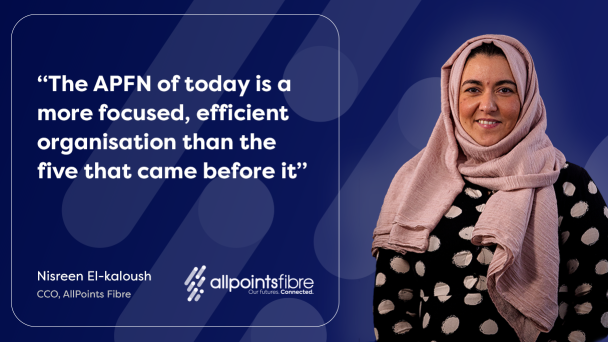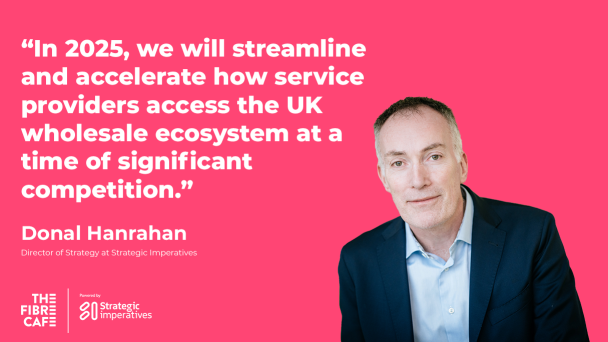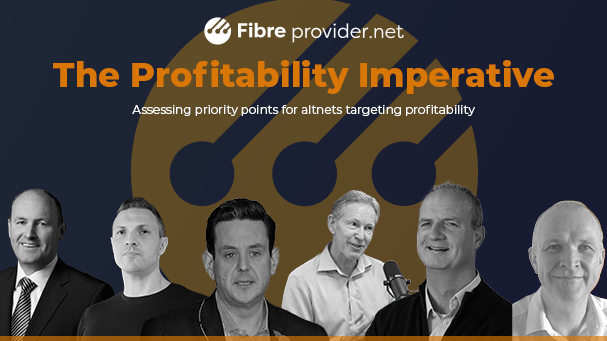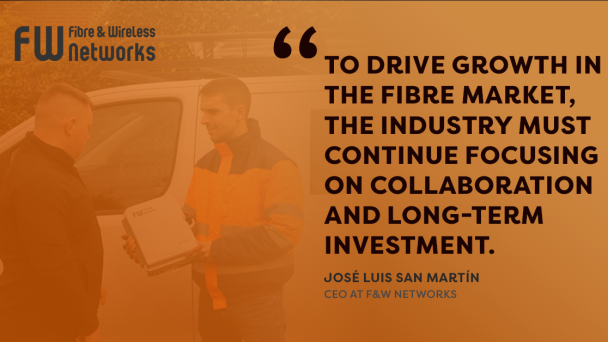
Where is Grain on its full fibre journey?
Grain covers c. 270,000 premises ready for service in around 60 towns and cities across its urban business and around 150 housing developments across the new build business. We cover locations up and down the country from Aberdeen to Brighton, Carlisle to Cornwall, Newcastle to Newport and Leicester to Leeds.
Our new funding of £225m, which we have just closed, will allow us to more than double the size of our footprint to approximately 600,000 premises with an organic build programme.
In a broad context please summarise your aims and objectives for 2025/26?
Now that new funding is secured, we plan to get moving on our build very quickly, aiming to quadruple the rate of build during the next year to over 15,000 premises added per month.
We expect to ramp up construction even further in the future and we will do this whilst still maintaining our rigour and discipline on cost and continuing to grow our EBITDA.
How will the recent investment help you realise these aims and have they expanded your targets?
Grain has already built a sustainable business which turned profitable at a scale unprecedented in the industry and was already fully funded to cash positive.
This new investment allows us to ramp up the rate of network expansion, build more scale, and continue to lower our operating costs per customer.
What are your Long-term goals in the UK fibre sector?
Our long-term aim is to build a high-return business with significantly more than one million premises covered through our organic build, while delivering a first-class service across our network, and our UK based customer call centre.
How was early EBITDA positivity achieved and how do you keep operating costs low?
We have a significant advantage in the way we have built and architected our network which allows us to add significant customer growth without a corresponding increase in operating costs.
Since we hit peak negative EBITDA in May 2023, we have more than quadrupled our revenues without increasing our total operating costs, allowing the revenue growth from the business to flow through to EBITDA. This is a unique position in the sector.
We have a disciplined focus on cost throughout the business and most importantly the result of that focus should be to create a great value proposition and great service for our customers.
Did this require a shifting in business plans from build to customer acquisition?
We always set out to build our business with a low operating cost platform and have always had a focus on customer acquisition. When companies in the sector talk about shifting their focus to customer acquisition, they are really talking about realigning the focus of their capital expenditure programmes.
Operators who have built a PIA based network still have substantial network investment required to take their network from the top of a pole or a chamber near a premise to connect a customer. That’s not an issue we face as we own our independent network and are already at the boundary of the customer's premise. I’m proud to say that this year we broke our record for the fastest installation of a new fibre line into a home that had no pre-existing infrastructure installed, with us leaving the customer with a working service only 25 minutes after they called us to order their service!
The connection costs mean that sales, marketing and connection costs for our customers pay back in the first year of a contract, so we have never had to switch the focus of our capital programmes, as they are all self-funded. That’s a problem unique to PIA based networks.
Do you have take-up targets regarding total number and %?
We have higher market share than BT or Vigin on our new build business and we have higher take-up than BT or Virgin on our early Urban sites. Based on the trends we see today; we expect that on maturity we will have over 40% market share on our network.
Where is value moving in the UK altnet market and how are you positioned to capitalise on this?
The value is moving to the companies which have the lowest costs, and we have large cost superiority in the market. You can see this clearly from the fact we turned EBITDA positive at around 40,000 customers and you see the larger altnets not turning EBITDA positive until after more than 300,000 customers. This clearly shows the large operating cost advantages we have in the market and will allow us to price disruptively over the long term.
Do you expect to engage in M&A over the coming months/ few years?
We have no plans to engage in M&A at this time. The M&A in the sector is driven by companies aiming to create a sustainable business. We have already achieved sustainability and have no need to engage in M&A. Our organic strategy is working very well and that’s what we intend on remaining focused on at this time.




